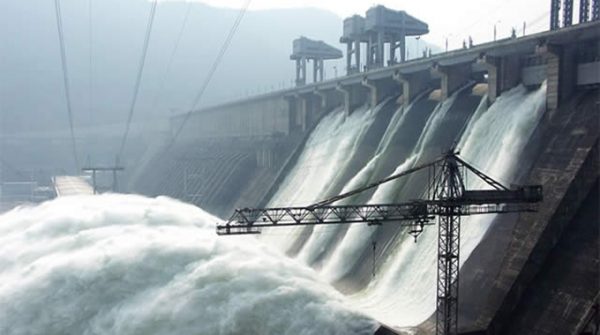Power output at Kariba South will remain curtailed, Zesa Holdings says, but the plant will not be shut down due to critically low water levels, as onset of the rainy season has seen inflows into the dam gradually increasing.
This comes as Zimbabwe faces a crippling power shortage, which has forced the country to rely on rolling power cuts (which mostly last 18 hours) and imported power, at a time it faces critical shortage of foreign currency.
There were concerns, even from the State power utility’s officials earlier in the year, that with Zimbabwe and Zambia heavily dependent on Kariba for their main source of power, the Kariba Dam level would continue to fall at a fast rate than its inflow, leading to possible depletion of the reservoir.
Zimbabwe has become ever more dependent on Kariba, given the reliability issues that frequently dog the country’s second and only other major power plant, Hwange.
The fact that the power plant is now old, and has suffered from limited or negligent maintenance, has made it prone to frequent break downs.
Ordinarily, Kariba Dam requires a minimum of three good rainy seasons to fill up if the water drops to a critical level.
Kariba South Power Station had its generation capacity increased from 750 megawatts to 1050MW, which was completed in March last year resulting in it becoming the country’s single largest power (hydro) plant.
Kariba Dam is designed to operate at maximum level of 488 metres at the dam wall, but the drought that ravaged north of the Zambezi River, the main feeder river of the dam, has caused the water level to fall to 477,19m.
Low water level in the Kariba Dam prompted the Zambezi River Authority, which administers the affairs of the lake, to ration water to both Zimbabwe and Zambia for power generation; allow them to do a maximum 357 to avoid depleting the dam.
While the water level appears high enough to sustain high power output, the reality is that only a percentage of the water, known as live water – between 488m and 475m (with 0,70m) freeboard – is usable for purposes of generating electricity.
At current level, the dam is 12 percent (of live water) full while at the same time last year, with the lake water level sitting at 483,49m the dam was roughly 59 percent full, in terms of the water used to generate electricity.
At the current 477,19m it means only 2 meters of remaining water can be used to generate power and below that threshold, the dam can only holds what is technically called “dead water”, which only usable for recreation and fishing.
But Zesa spokesman Fullard Gwasira allayed fears this week that the Kariba South power plant could be forced to shut down to save the reservoir the danger of depleting it too dangerous levels.
“Kariba will not shut down. Production will remain curtailed due to the low water levels.
“With the onset of the rainy season, we expect inflows to improve and incrementally production to increase,” Gwasira said.
But power utility Zesa, together with their counterpart in Zambia, can make a decision to maintain power generation at constant levels that enable them to let water out of the dam via the power stations and down the river at the same rate the water flows in.
The hydro-metric network used for the control and day to day operations of the Kariba reservoir comprise of 13 stations where water levels are monitored daily. Flow measurements are carried out at eight of these stations which include the Victoria Falls, one of the key stations on the Zambezi River.
The maximum flow recorded at Victoria Falls was during the early construction phase of Kariba Dam in March 1958 at 10 000 cubic metres per second.
The lowest flows recorded to date at Victoria Falls were during the 1995/96 season which had an annual mean flow of 390 cubic metres per second.
The Long Term Mean Annual flow at Victoria Falls is 1 100 cubic metres per second. Flows at Victoria Falls increased during the week under review before closing at 204m3/s on November 25, 2019, from 189 m3 /s just under a week ago.
Last year on the same date, the flow on the Zambezi was 244m3/
Business Weekly
.png)




